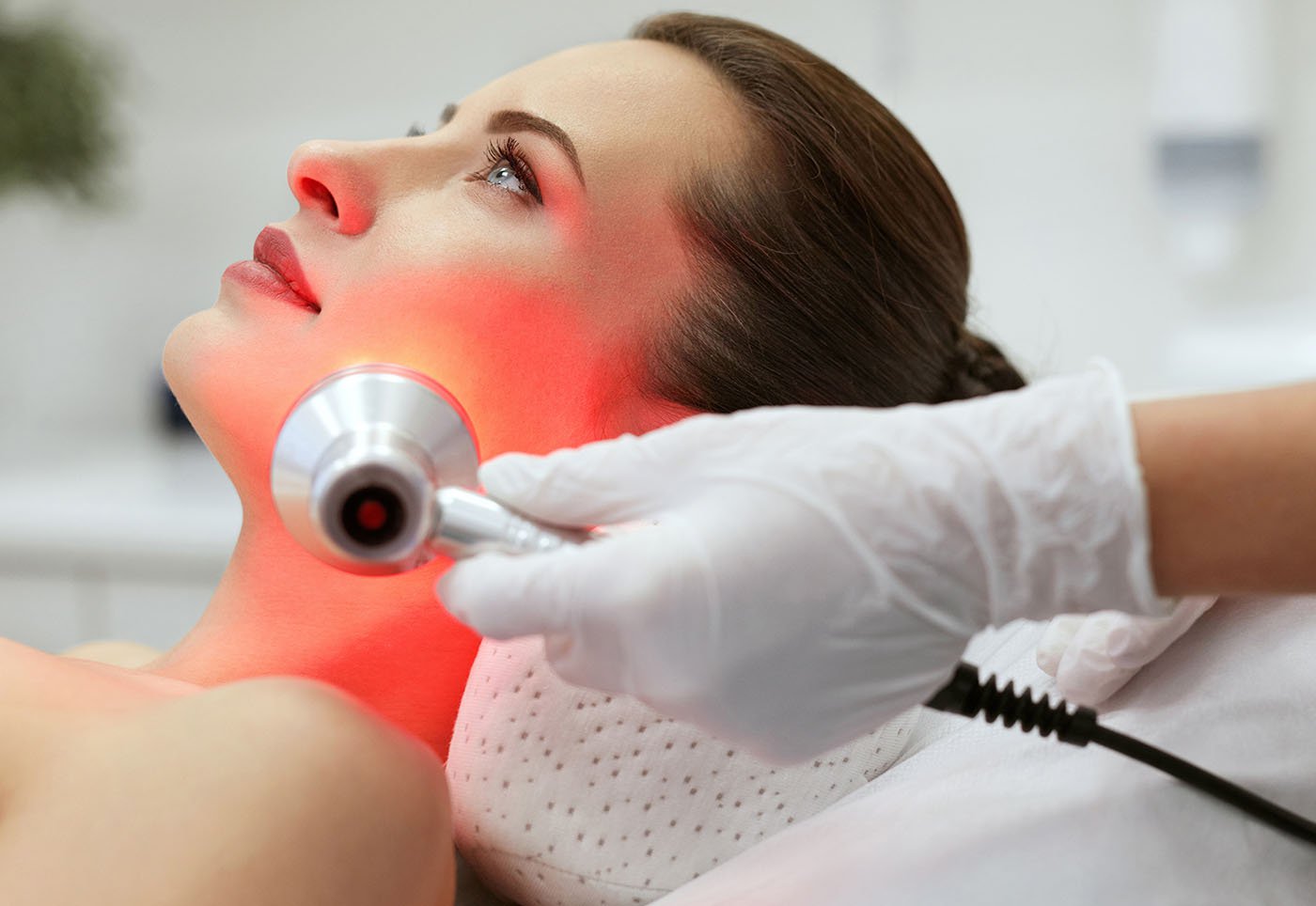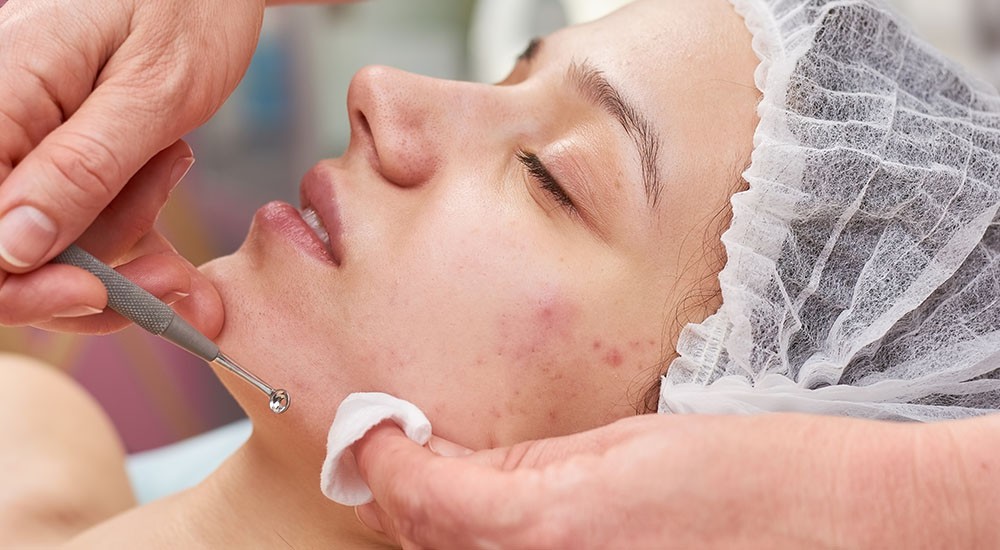Acne treatments clear away bacteria and dry up excess oils that lead to acne. However, every patient responds to treatment differently. In some cases, the wrong treatment of acne may even worsen the problem.
As part of your acne self-care, you should find the right treatment regimen that’s best for your skin with a dermatologist’s help.
The treatment that’s right for you depends on your specific condition. If you have mild to moderate acne problems, such as blackheads or whiteheads, it is relatively easier to treat them. However, if you have a severe acne condition like cystic or inflammatory acne, it may be more challenging to treat it. Usually, cystic acne is one or more large, painful, red cysts under your skin surface.
Fortunately, you have a wide range of acne treatment options to choose from, including topical medication, oral medication, and medical procedures.
Topical medications include over-the-counter lotions, gels and creams. Usually, you would apply a thin coat twice daily on your skin. Drugstores and supermarkets sell a variety of brands, with some requiring a prescription.
Oral medications for acne, commonly called systemic treatments, are also available. Unlike topical medicines, which are localized, it is absorbed and distributed to the entire body. These products are used to treat moderate to severe acne problems that do not respond to topical medication and require a prescription.
Anti-Aging Clinic Burlington Acne Treatments
Aside from topical and oral acne medication, several medical options are also used to treat different acne cases. Below are some common treatments offered by Anti-Aging Clinic Burlington.
Serums
The right acne serum can help absorb oil, which mattifies your skin and can reduce clogged pores, pimple breakouts and whiteheads. It may also be useful as an acne scar treatment. In general, acne-fighting serums are rich in salicylic or glycolic acids – the two ingredients commonly found in spot treatments. These two acids work the same way in serum-form, except that they can treat bumps before finally reaching your skin surface and take shape. These acids also help to unclog pores and improve the cell turnover period. Antioxidants like niacinamide can also minimize any redness associated with acne scars. Serums are generally formulated with highly concentrated products of active ingredients, so they’re more potent and can easily reach the deeper layers of your skin.

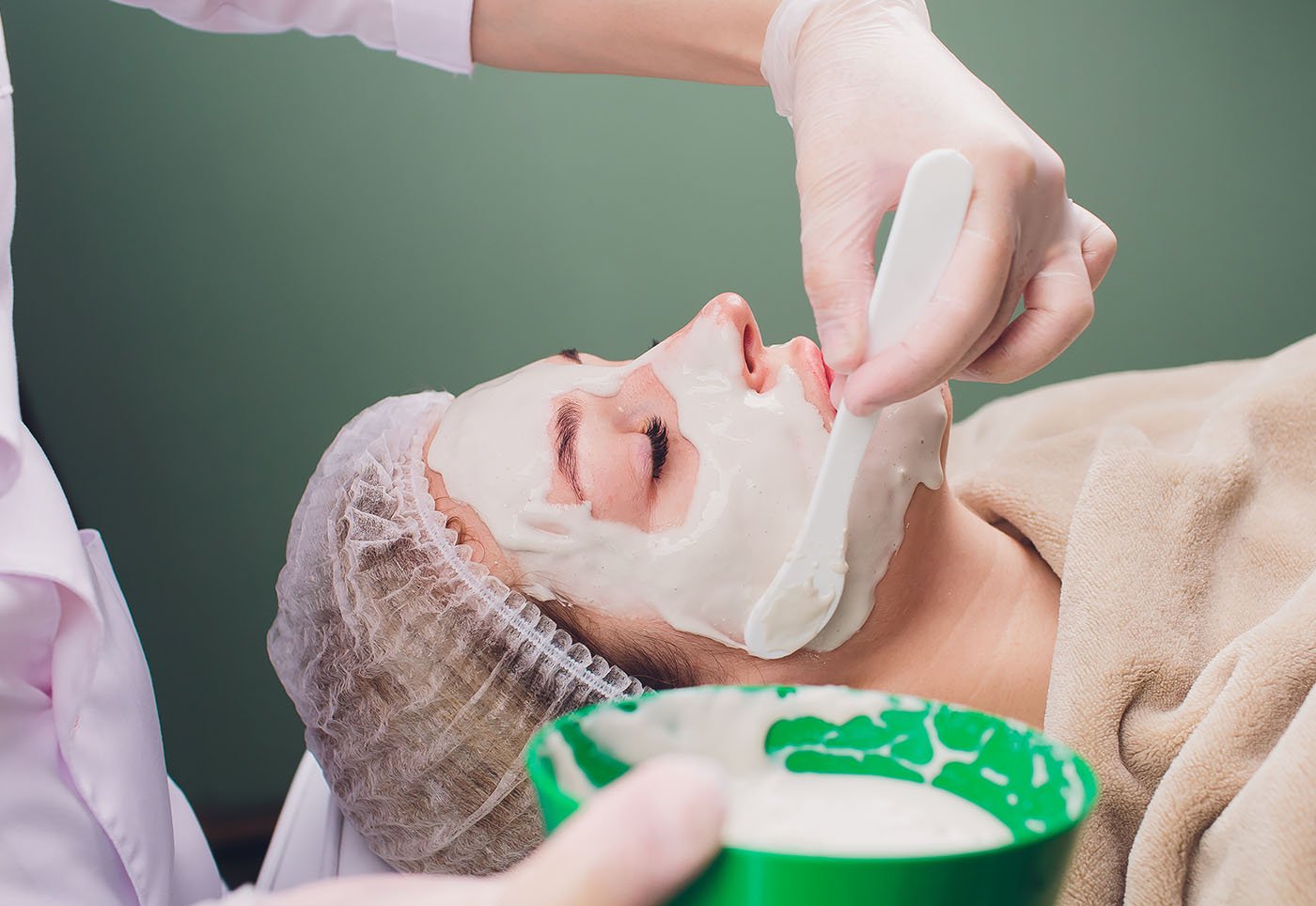
Creams
Most acne creams are available in the market; however, they require a prescription. There are also a few non-prescription creams that you can buy over-the-counter that can be used for mild acne. However, if you have more moderate to severe acne conditions, you most likely need a prescription from your dermatologist to get the cream.
The best acne spot treatment creams often work well and cause the least amount of skin irritation. However, note that there is typically some trial and error involved in finding the best acne cream suited for your skin.
Infra Red+Blue Devices
There are two main types of visible light therapy used in clinical settings. They are the blue light and red light. Each type has a specific use, and while they both help in fighting acne, each has different benefits.
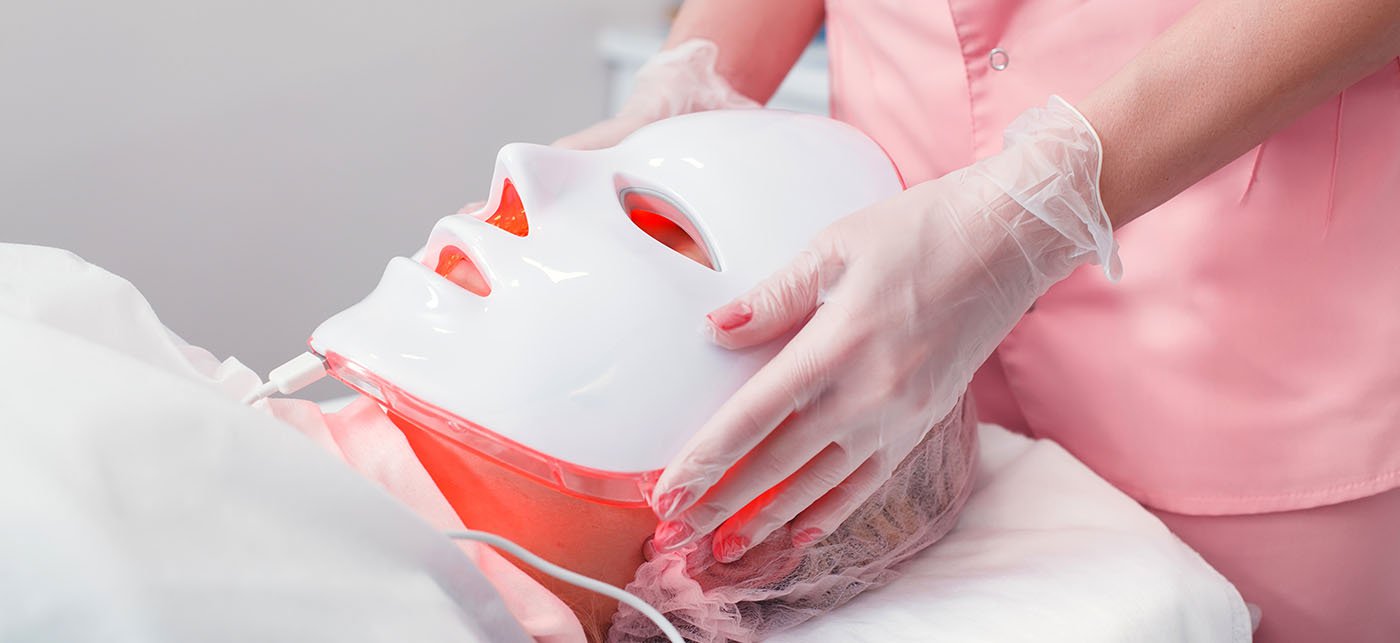
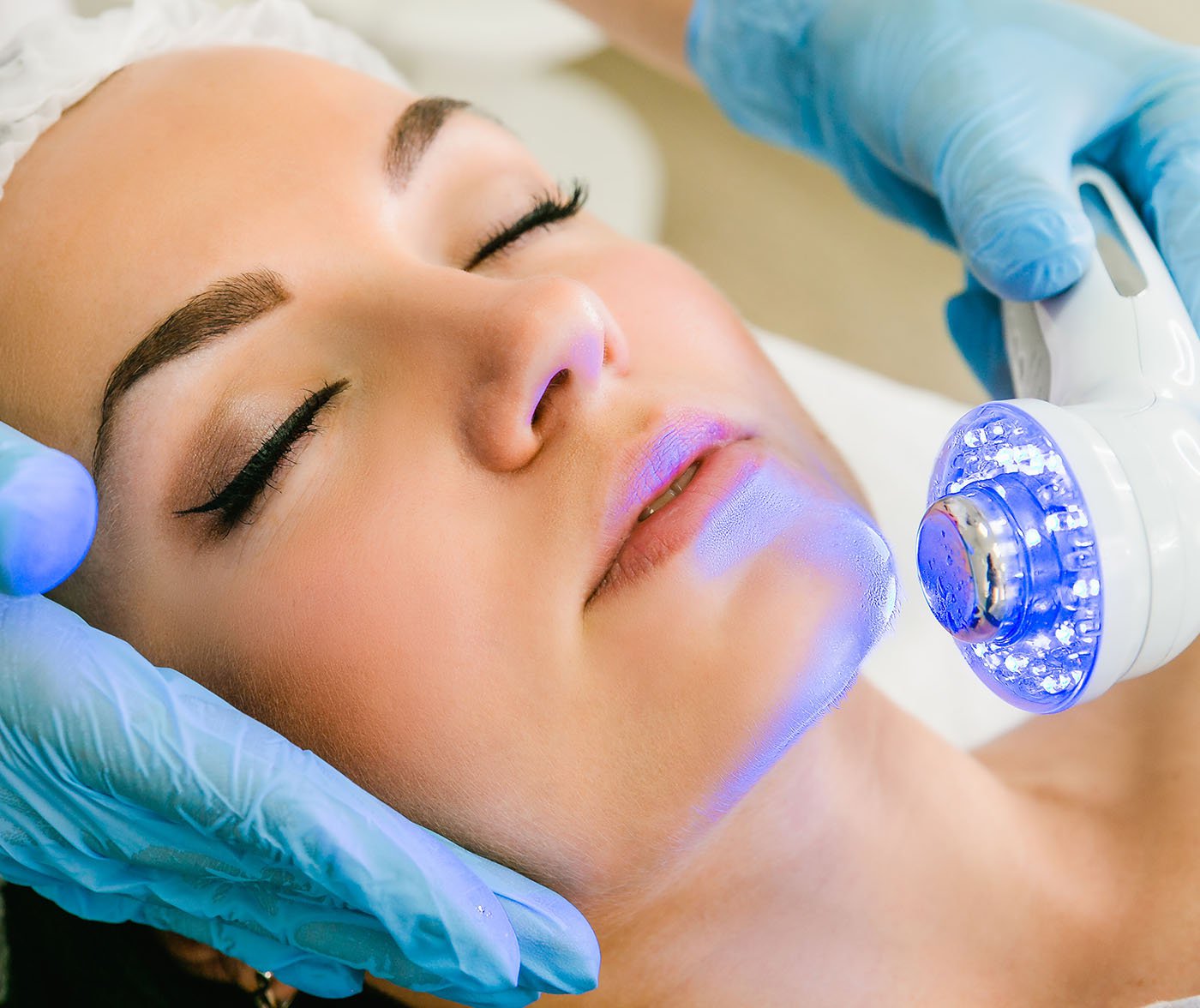
Blue Light Devices
Blue light devices are commonly used in skin light therapy to resolve acne breakouts. The blue light wavelength has an antimicrobial effect, making it practical and efficient at killing several types of bacteria that can gather in your pores and oil glands, which cause pimple breakouts.
Blue light helps treat some conditions on your skin, such as getting rid of free radicals that oxidize and age your face. This light treatment also has anti-inflammatory benefits, which alleviates other symptoms of acne problems, such as redness.
In one study, people with acne treated for five consecutive weeks with blue light devices find improvement in 77% of cases. Both blue and red light therapy sessions can last 15 to 30 minutes.
Red Light Devices
Red light devices don’t have the same antibacterial effects that blue light devices offer, but it can still be effective. Likewise, red light therapy helps promote skin healing caused by acne, and it may work to minimize acne scarring’s visibility. It also has anti-inflammatory capabilities.
Generally, red light devices work and penetrate deep below your skin’s surface to help soothe and repair skin tissue. If a chronic skin condition causes your acne, this red light therapy might be the right solution for you.
